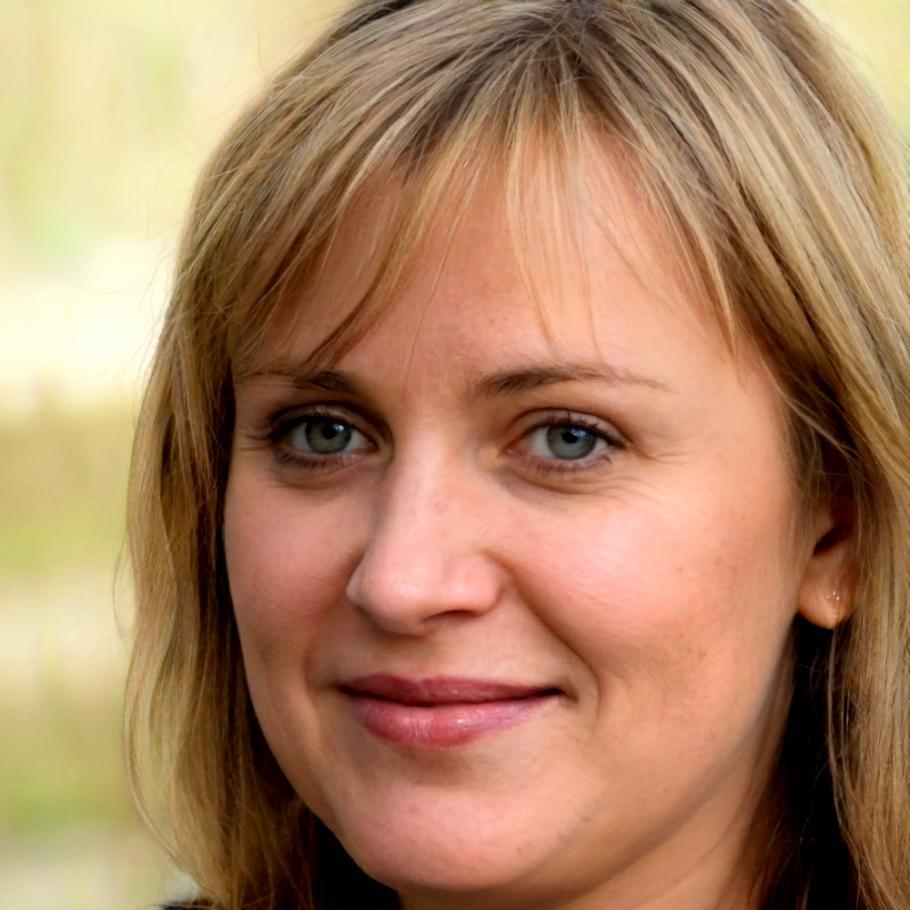Advanced Financial Analysis Program
Build practical skills that help you make better decisions with financial data
We've spent the last eight years working with people who need to understand financial statements but never studied accounting. Turns out, you don't need a finance degree to read a balance sheet – you just need someone to explain it without the jargon. This program focuses on real scenarios you'll actually encounter, from evaluating supplier stability to spotting red flags in quarterly reports.
Request Program Details
What Makes This Different
Real Documents, Not Textbook Examples
You'll work with actual financial statements from Australian companies. Sometimes the numbers don't add up perfectly, and that's kind of the point. Learning to spot inconsistencies matters more than memorizing formulas.
Context Over Calculation
We spend more time on what the numbers mean than how to calculate them. Your spreadsheet can handle the math – you need to understand why a current ratio of 1.8 might be concerning for one business but perfectly fine for another.
Industry-Specific Patterns
Retail businesses look different from manufacturing, which look different from services. We break down what normal looks like across sectors, so you can recognize when something's off in your particular field.
Who'll Be Teaching You
Our instructors have backgrounds in corporate finance, business consulting, and financial journalism. They've all spent time explaining complex financial concepts to people who need the information but not the theory.

Oskar Lindholm
Financial Analysis Lead
Spent twelve years as a management accountant before moving into education. Still does consulting work with mid-sized manufacturers around financial planning and forecasting.

Vesna Petrovic
Risk Assessment Specialist
Former credit analyst who evaluated loan applications for seven years. Now focuses on teaching people how to assess financial stability without access to internal data.

Bridget Mahoney
Industry Analysis Expert
Background in equity research with a focus on retail and consumer sectors. Particularly good at explaining why certain metrics matter more in some industries than others.

Siobhan Cassidy
Cash Flow Strategist
Worked as a turnaround consultant helping struggling businesses understand their cash position. Knows exactly where companies typically get their cash flow analysis wrong.
What You'll Actually Be Able to Do
This program runs for fourteen weeks with two evening sessions per week. Each phase builds on previous knowledge, but we revisit core concepts throughout because that's how people actually learn.
Reading Financial Statements
You'll learn to navigate balance sheets, income statements, and cash flow statements without getting overwhelmed. We start with simpler statements and gradually introduce complexity. By week three, you'll be comfortable finding the information you need.
Ratio Analysis and What It Reveals
We cover profitability, liquidity, efficiency, and leverage ratios – but more importantly, what they tell you about business health. You'll practice comparing ratios across time periods and against industry benchmarks to identify trends and concerns.
Industry Context and Sector Patterns
Different industries have different financial profiles. We examine case studies from retail, manufacturing, services, and technology sectors. You'll learn to adjust your analysis approach based on business model and industry norms.
Risk Assessment and Red Flags
This final phase focuses on warning signs – what to watch for when evaluating potential partners, suppliers, or investment opportunities. You'll analyze several real cases where financial statements hinted at problems before they became public.
Program Enrollment Opens June 2025
Classes are limited to twenty participants to ensure everyone gets personalized feedback on their analysis work. Contact us for detailed curriculum information and enrollment requirements.
Get in Touch